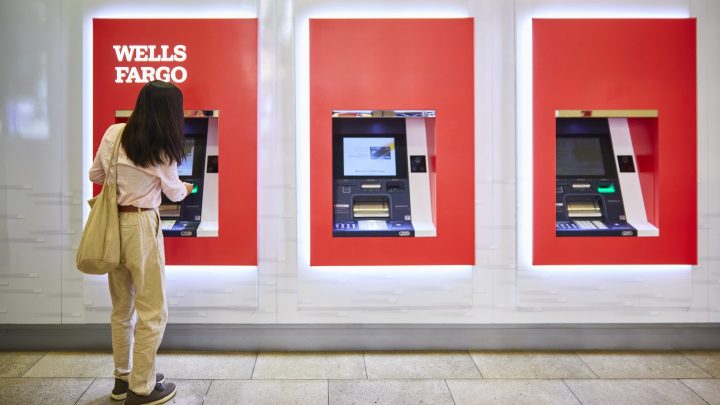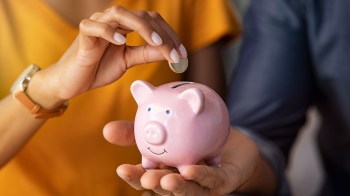
All those pandemic savings? They might already be gone

Americans saved a lot of money during the early years of the pandemic. More than they normally would. At one point, they had squirreled away an estimated $2.1 trillion dollars worth of “excess savings.”
The savings came from a lot of places — staying home, not traveling or going out, moving in with family or to places with cheaper rent and cost of living. For some, the savings came from Covid relief payments from the government. The JP Morgan Chase Institute examined anonymized bank data, and “after each one of those three rounds of payments went out, we saw balances really shooting way way up,” said Chris Wheat, president of the JP Morgan Chase Institute. “After the first round for some groups getting over 50% higher than they had before and after that third round, April of 2021, is really when those balances were at their absolute highest more or less across income groups,” he said.
As people squirreled away cash, the savings rate went from about 8% in early 2020 to an all time record high of almost 34% later on that year. Luiz Edgard Oliveira and Hamza Abdelrahman, economists with the San Francisco Fed’s research department, estimated that all the ‘excess’ savings in the economy — that is, savings above and beyond normal — peaked in the summer of 2021.
“And that number, according to our estimates, is just beyond $2 trillion,” said Oliveira.
Since then, we have been spending down those savings. The saving rate fell to just 2.7% in 2022, and right now it’s at 3.5%.
Oliveira and Abdelrahman estimate we were spending $100 billion a month from those extra savings earlier this year, and predict that we’re about to run out. (This is based on the data available this summer prior to official revisions provided Thursday.)
“Our latest estimate (in August) points to the current quarter, that is the third quarter of 2023,” Oliveira said.
There are different estimates. Other Fed economists think extra savings already ran out earlier this year. Goldman Sachs analysts said they haven’t run out but we we’ve spent about as much of those extra savings as we’re going to. The JP Morgan Chase Institute said bank account balances, at least, are higher than before the pandemic but have stabilized. Bank of America also says balances are higher but that they’re still trending down.
And the reality is different for different people. Some people saved plenty of money without government payments, while others needed those government payments to get by and saved nothing.
“A good portion of that savings is concentrated in the top 20% income cohort so for the majority of people that savings is already gone,” said Brett Ryan, senior U.S. economist at Deutschebank.
That is showing up already in the most sensitive areas of the economy.
Melinda Opperman, chief external affairs officer with credit counseling service Credit.org, sees it in her clients. “There was a big portion during the pandemic when our counseling call volume was down… now we’re seeing the call volume pick up.”
She said between the loss of savings, inflation, and the end of government programs, people once standing at the financial edge are slipping over it.
“We’re hearing from many of our clients they’re finding it harder to afford household needs, some are starting to use credit cards as a substitution for income which is really worrisome,” Opperman said.
The Credit Card delinquency rate is now above 2019 levels.
The bigger worry is whether the rundown of extra savings is going to be a problem for the economy at large. “To the extent that savings buffer is now falling you would expect to see a drag on the growth rate of consumer spending,” said Deutschebank’s Ryan.
So far we’re not seeing a softening of consumer spending, said Oliveira at the San Francisco Fed.
“That’s not where we are we haven’t seen any signs of that yet,” he said, pointing out that extra pandemic savings aren’t the only thing consumers have going for them. “There could be other sources of savings, increased wages we’ve seen over the past couple years, and credit.”
But gas prices are rising, student loan repayments are coming, and having a little less of a cushion does make consumers — who account of 70% of the U.S. economy — a little more vulnerable to any surprises down the line.
There’s a lot happening in the world. Through it all, Marketplace is here for you.
You rely on Marketplace to break down the world’s events and tell you how it affects you in a fact-based, approachable way. We rely on your financial support to keep making that possible.
Your donation today powers the independent journalism that you rely on. For just $5/month, you can help sustain Marketplace so we can keep reporting on the things that matter to you.

















